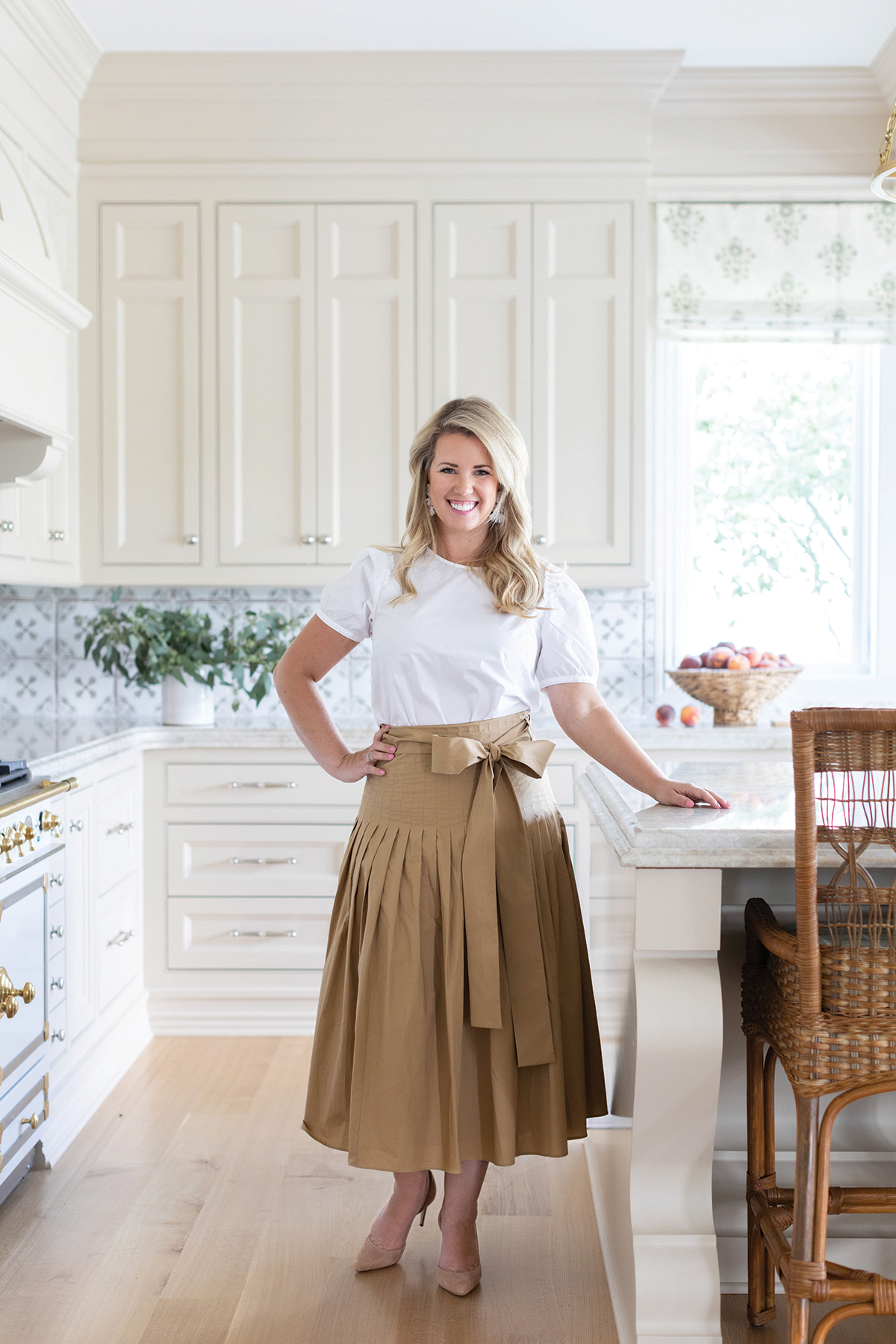A few years ago, designer Bria Hammel read a business book that changed the way she approached her firm’s growth. Now she’s telling her own story.
Entrepreneurship is in designer Bria Hammel’s blood. When she was growing up, her father owned and operated a successful manufacturing business—an influence that bolstered her penchant for savvy commerce. After completing her design degree, she moved to Minnesota in 2006, where she began working at an Ethan Allen design studio, rising quickly through the ranks to a position of leadership. “It was great because I gained those management skills and started to think of interior design as a business, not just a creative [occupation],” says Hammel. “It was good for me to have a realistic view of what it would be like for me to have my own firm.”
In 2012, she launched Bria Hammel Interiors, and after about a year working solo, she realized that she didn’t just want to be a designer—she wanted to own and operate a business. She began by hiring an assistant, and through a steady stream of referrals, the firm began to grow.

BOH subscribers and BOH Insiders.










































